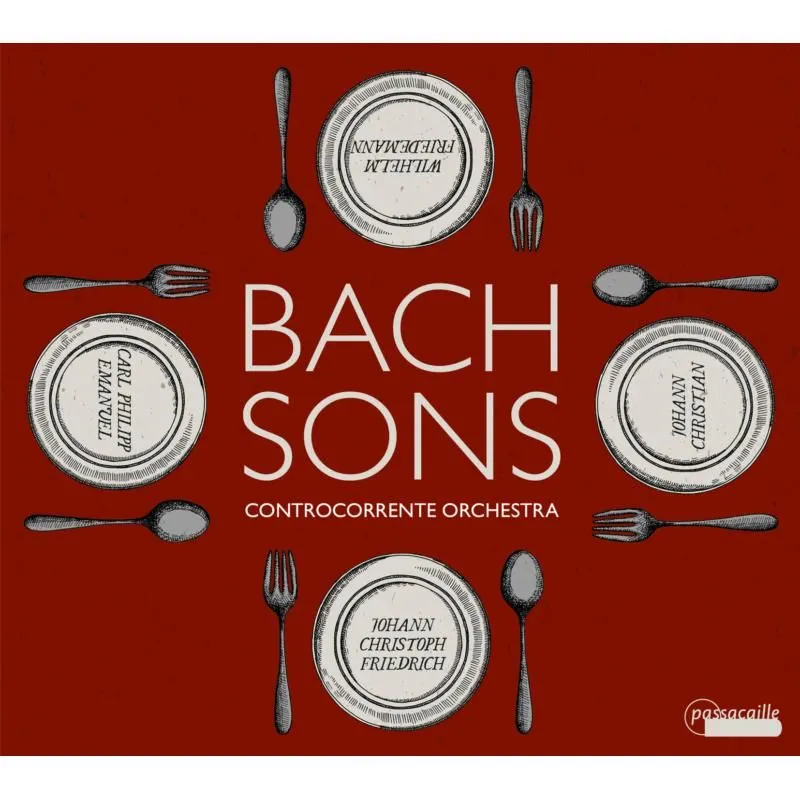
Bach Sons JC Bach: Sinfonia in G minor, Op. 6, No. 6; JCF Bach: Sinfonia in D minor; WF Bach: Sinfonia in D major, F. 64; CPE Bach: Sinfonia, Wq. 177; Symphony in F major, Wq. 181 (H656) Controcorrente Orchestra Pasacaille PAS1074 54:33 mins
Whenever accepted musical norms are swept aside by the inexorable tide of time and taste, it is usually a far more lengthy and complex process than the headline-makers would have us believe. In the case of the embryonic symphony, far from being thrust into existence by ‘Papa’ Haydn, the burgeoning genre was developed in a number of major centres, each of which specialised in specific characteristics – most famously in the case of the Mannheim ‘skyrocket’, a rising, crescendoing figure designed to create a sense of excited anticipation. Between them, the four Bach sons (represented here) between them boasted major bouts of symphonic activity in Halle, Berlin, Bückeburg, Milan and London. What is so striking is not so much the tantalising sense of Haydn waiting in the wings, but the stylistic distance each son had travelled from their father within just a few years of his death in 1750.
Also notable is the absence of late-Baroque counterpoint and textural intricacy, and the striking presence of an exhilarating fascination with simple melody and the ear-tweaking sonic potentialities of the early orchestra. The latter seems to be the recreative launchpad for the conductor-less, period-instrument Controcorrente Orchestra, who match each composer’s distinctive invention and audacity with playing of captivating verve and energy. Rather than display their textbook period-rhetoric credentials, the Controcorrente create the impression of responding with contemporary sensibilities – the minor-key angst which characterises over half the 15 movements here emerges not bewigged and powder-puffed, but with a striking sense of cutting-edge intensity. The bracing immediacy of the engineering provides a sonic metaphor for the playing itself.
Julian Haylock
